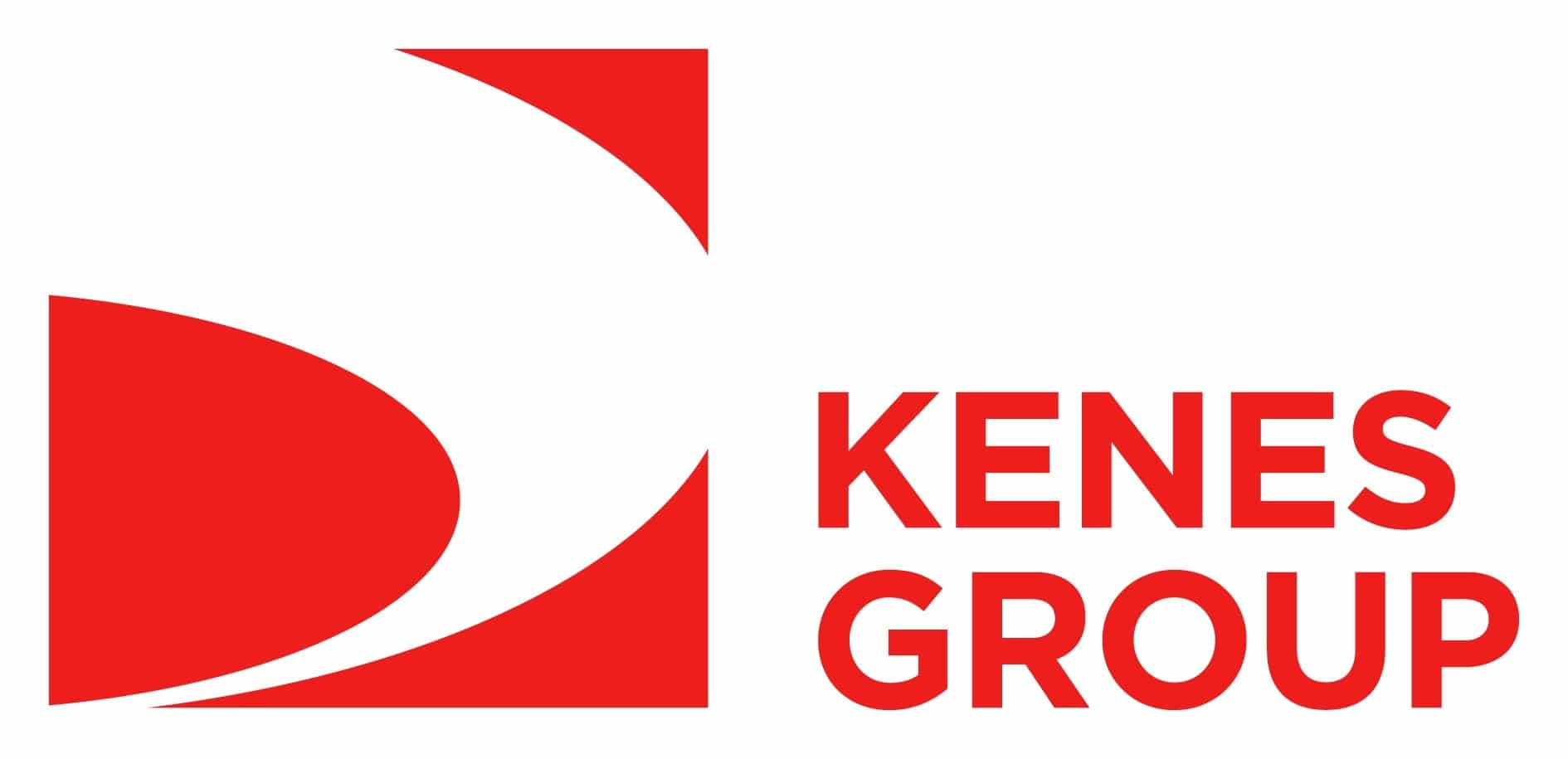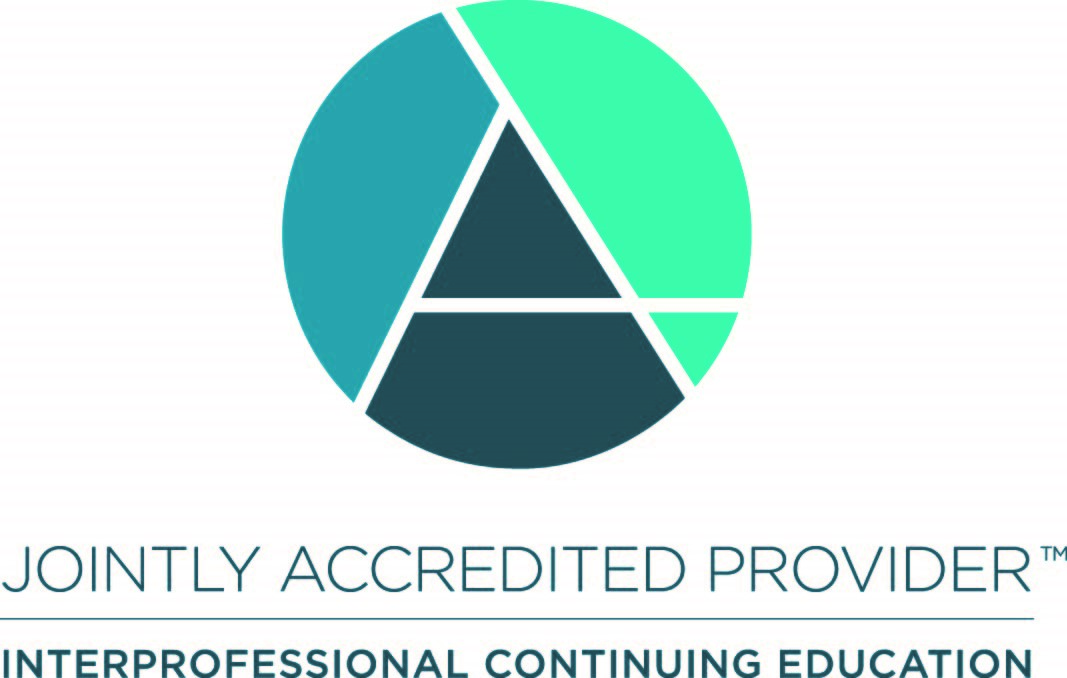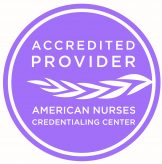CME-CPD ACCREDITATION


- 4th World Congress on Interventional Therapies for Type 2 Diabetes (WCITD)
- April 8-10, 2019, New York City, USA
- Jointly provided by Postgraduate Institute for Medicine and Kenes Education
TARGET AUDIENCE
This activity is intended for physicians, nurses, and other health care professionals involved in the fields of Type 2 diabetes (T2D) and Endocrinology.
EDUCATIONAL OBJECTIVES
After completing this activity, the participant should be better able to:
- Provide an update on clinical and biological evidence supporting surgical treatment of T2DM
- Present current ADA and International Guidelines (such as from the Diabetes Surgery Summit) regarding indications for Metabolic Surgery to treat inadequately controlled T2DM
- Discuss uptake of metabolic/bariatric surgery in the USA and worldwide
- Identify barriers that prevent access to surgical and non-surgical therapies for diabetes and obesity around the world
- Develop a consensus on recommendations for changes in healthcare policies that ensure equitable access to surgical treatment of T2DM when indicated
- Provide an update of the latest research on device-based endoluminal approaches for the treatment of obesity and diabetes
- Provide an update of the latest research on the role of gastrointestinal mechanisms in the physiology and pathophysiology of glucose homeostasis
- Discuss the existing definition of biological and clinical remission of diabetes
- Develop a consensus on standardization of methods to evaluate and approve novel surgical procedures and other interventional therapies
- Discuss how widespread, out-dated views of body weight regulation contribute to reinforcing stigma and discrimination against people with obesity and related diseases
- Launch a broad educational initiative aimed at reducing the impact of stigma in the society and end discrimination against people with diabetes and obesity, in order to facilitate access to care and funding of research.
FACULTY
Please view complete faculty here.
PROGRAM AGENDA
Please view the agenda with registration and break times here.
JOINT ACCREDITATION STATEMENT

In support of improving patient care, this activity has been planned and implemented by the Postgraduate Institute for Medicine and Kenes Education. Postgraduate Institute for Medicine is jointly accredited by the Accreditation Council for Continuing Medical Education (ACCME), the Accreditation Council for Pharmacy Education (ACPE), and the American Nurses Credentialing Center (ANCC), to provide continuing education for the healthcare team.
PHYSICIAN CONTINUING MEDICAL EDUCATION
The Postgraduate Institute for Medicine designates this enduring material for a maximum of 23.75 AMA PRA Category 1 Credit(s)™. Physicians should claim only the credit commensurate with the extent of their participation in the activity.
CREDIT BREAKDOWN
| Day | Maximum Credits |
| Monday, April 8, 2019 | 9 |
| Tuesday, April 9, 2019 | 9.25 |
| Wednesday, April 10, 2019 | 5.5 |
| Total Credits: | 23.75 |
CONTINUING NURSING EDUCATION
The maximum number of hours awarded for this Continuing Nursing Education activity is 23.7 contact hours.
Pharmacotherapy contact hours for Advance Practice Registered Nurses will be designated on your certificate.

CREDIT BREAKDOWN
| Day | Maximum Credits |
| Monday, April 8, 2019 | 9 |
| Tuesday, April 9, 2019 | 9.2 |
| Wednesday, April 10, 2019 | 5.5 |
| Total Credits: | 23.7 |
METHOD OF PARTICIPATION AND REQUEST FOR CREDIT
- Go to CME University at: www.cmeuniversity.com and register or login
- Once logged in, click on “Find Post-test/Evaluation by Course” at the top of the page
- Type in “14100” in the box, and hit enter
- Click on the activity title
- Complete the online evaluation and obtain your CME certificate to download and/or print for your files
Upon completion of the online Evaluation form, you will have immediate access to a CME certificate to print or save for your files. You can save your certificate by selecting the “Save” option on the print screen. If you have any questions regarding the CME certification for this activity, please contact the CME provider Postgraduate Institute for Medicine (PIM) at: information@pimed.com.
DISCLOSURE OF CONFLICTS OF INTEREST
- Please click
 Speakers Disclosure WCITD 2019.pdf to find a complete faculty disclosure report
Speakers Disclosure WCITD 2019.pdf to find a complete faculty disclosure report - All other faculty have nothing to disclose
PLANNERS AND MANAGERS
The PIM planners and managers have nothing to disclose. The Kenes Group planners and managers have nothing to disclose.
